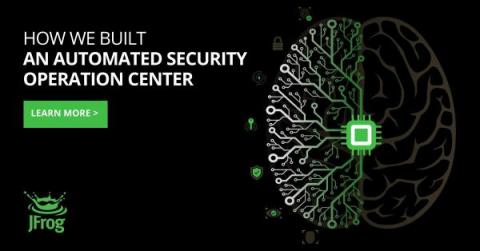Catching A Wave, Standing Up on My Surfboard: How Cloud Threat Exchange Saves My SOC From Drowning (For Now)
We have built a Security Operations Center at Netskope in short order. Facing the vast expanse of the Security Operations ocean, I grabbed my board with my team and focused on doing a few things really well. We documented workflows, expanded our visibility, and tuned monitoring systems. We paddled out from shore, braving the shark-infested waters of the threat landscape.


























